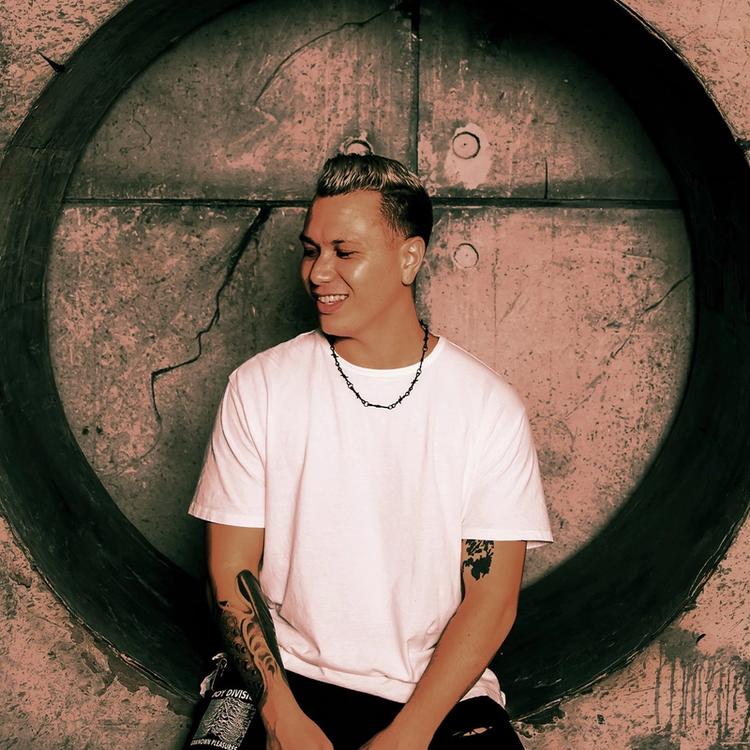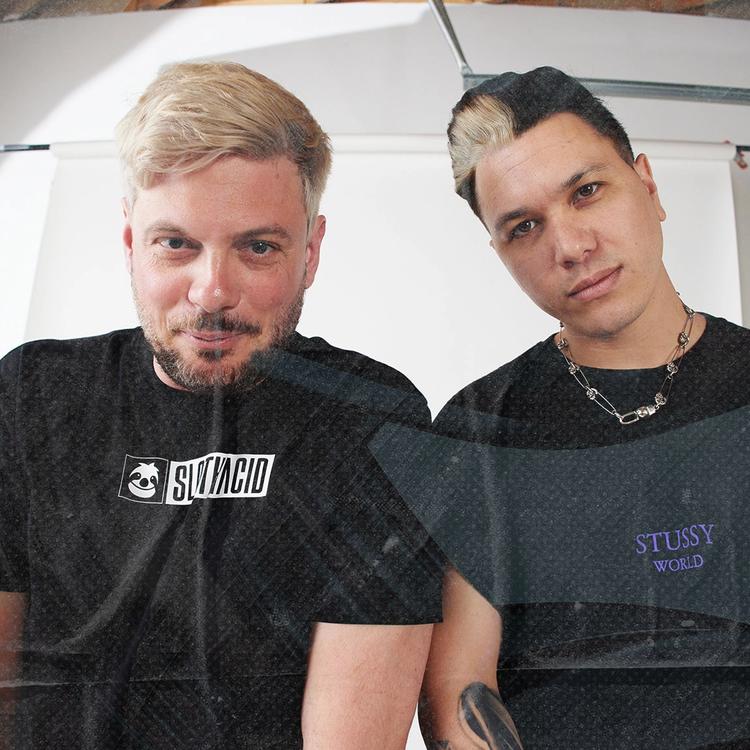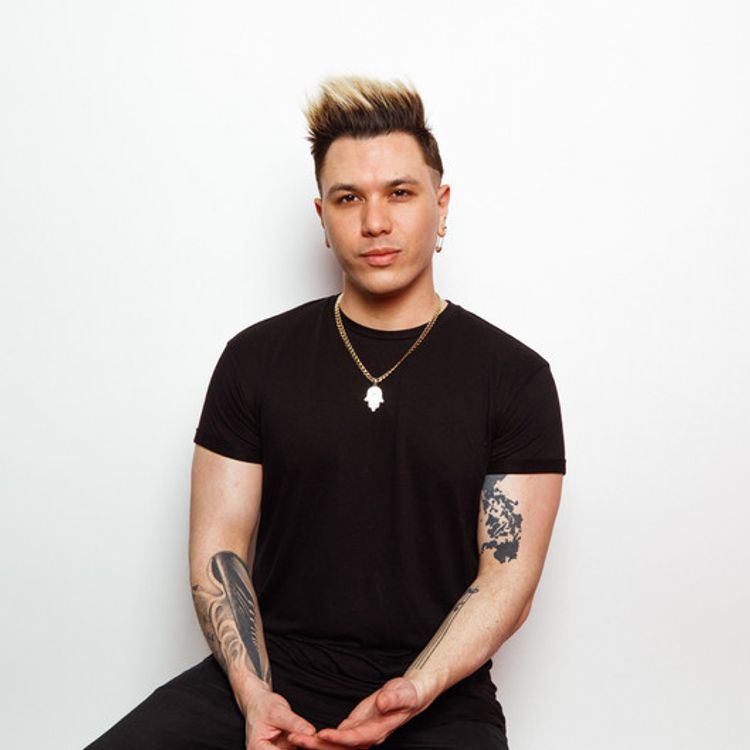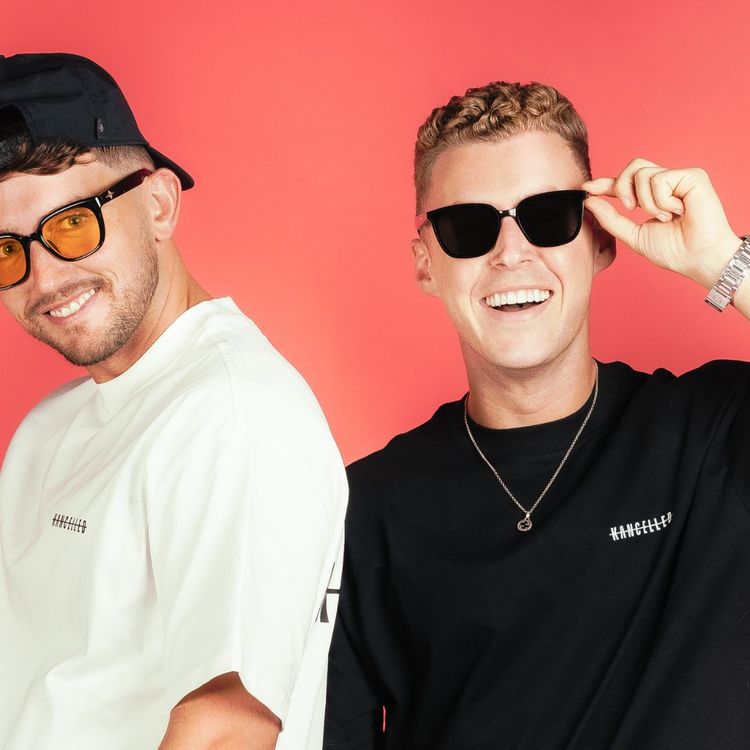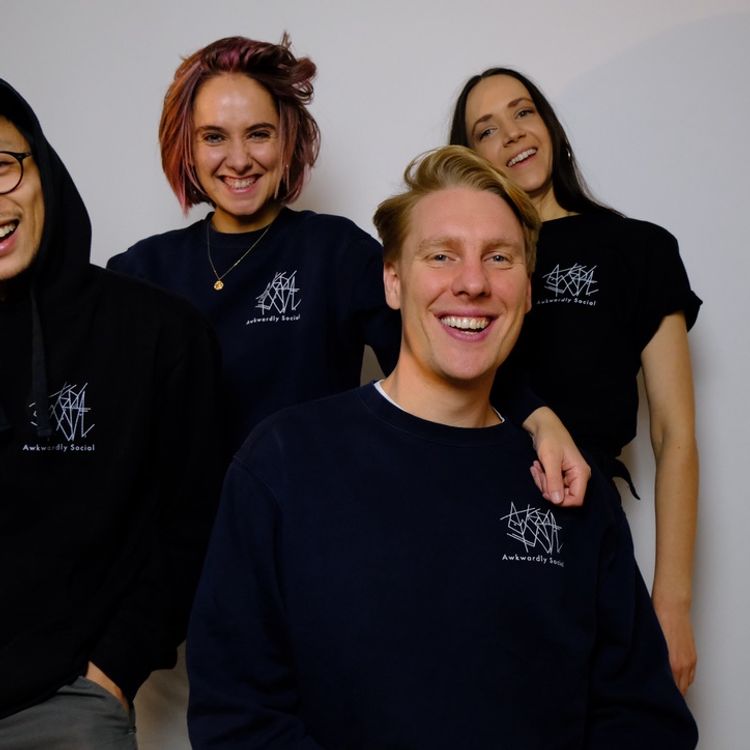Dillion Nathaniel & Yelah: Remixing Music Fashion
Orange County-based electronic music producer Dillon Nathaniel’s productions tend to set cross-genre trends — not only in his home state of California, but also across the broader North American electronic music landscape. That’s been true ever since he started professionally releasing his music shortly after graduating from preeminent electronic music production institution Icon Collective in the mid-2010s (alongside classmate Jauz).
It went like this: after his initial electro-focused releases on outlets such as EDM.com, Nathaniel connected with AC Slater, who eventually signed one of Nathaniel’s tracks to a Night Bass compilation. “That’s when I dove into bass house for the first time and transitioned from electro to bass house,” Nathaniel tells Gray Area. From there, prominent co-signs by Malaa and Tchami proved to be early landmarks in the rising producer’s career.
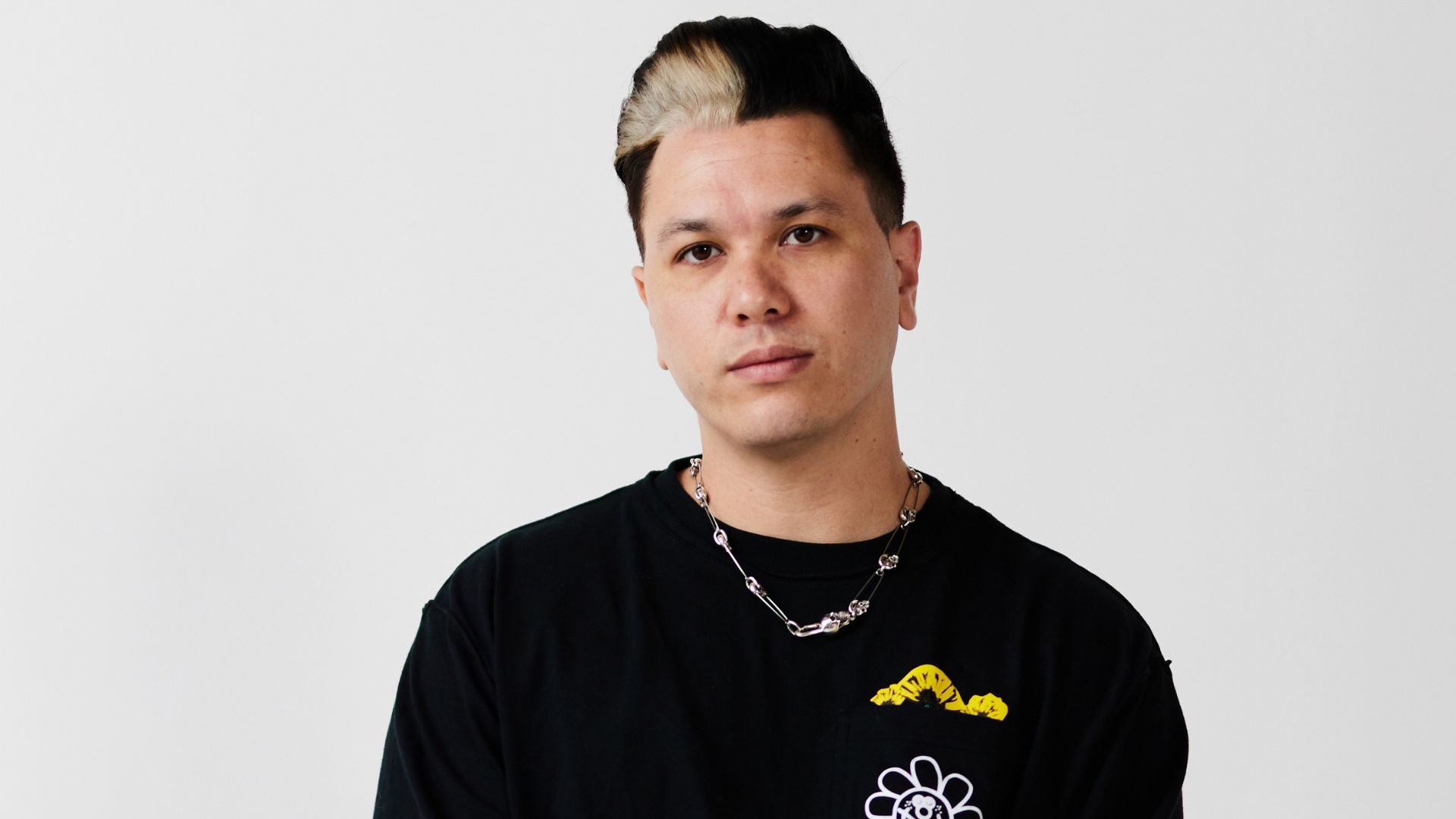
“One of the first real tech house sets that I played was EDC 2019, at the Black Book stage for Chris Lake,” he articulates while explaining the course of his musical evolution. “That was a combination of my bass house with new tech house energy in my music. Then just unloading at the end with straight techno. I never really heard somebody blend all those three sounds together.”
Despite his plethora of bonafides as an influential producer and tastemaker in the wider North American dance music scene, Nathaniel readily admits that his current personal fashion aesthetic is heavily influenced by someone other than himself.
“Honestly, I owe a lot of my newer sense of fashion to my wife,” Nathaniel concedes.
That’s a slightly surprising admission from such an established artist and producer like Nathaniel. He’s someone who might be expected to curate their outfits as an essential component of a carefully crafted individual artistic identity.
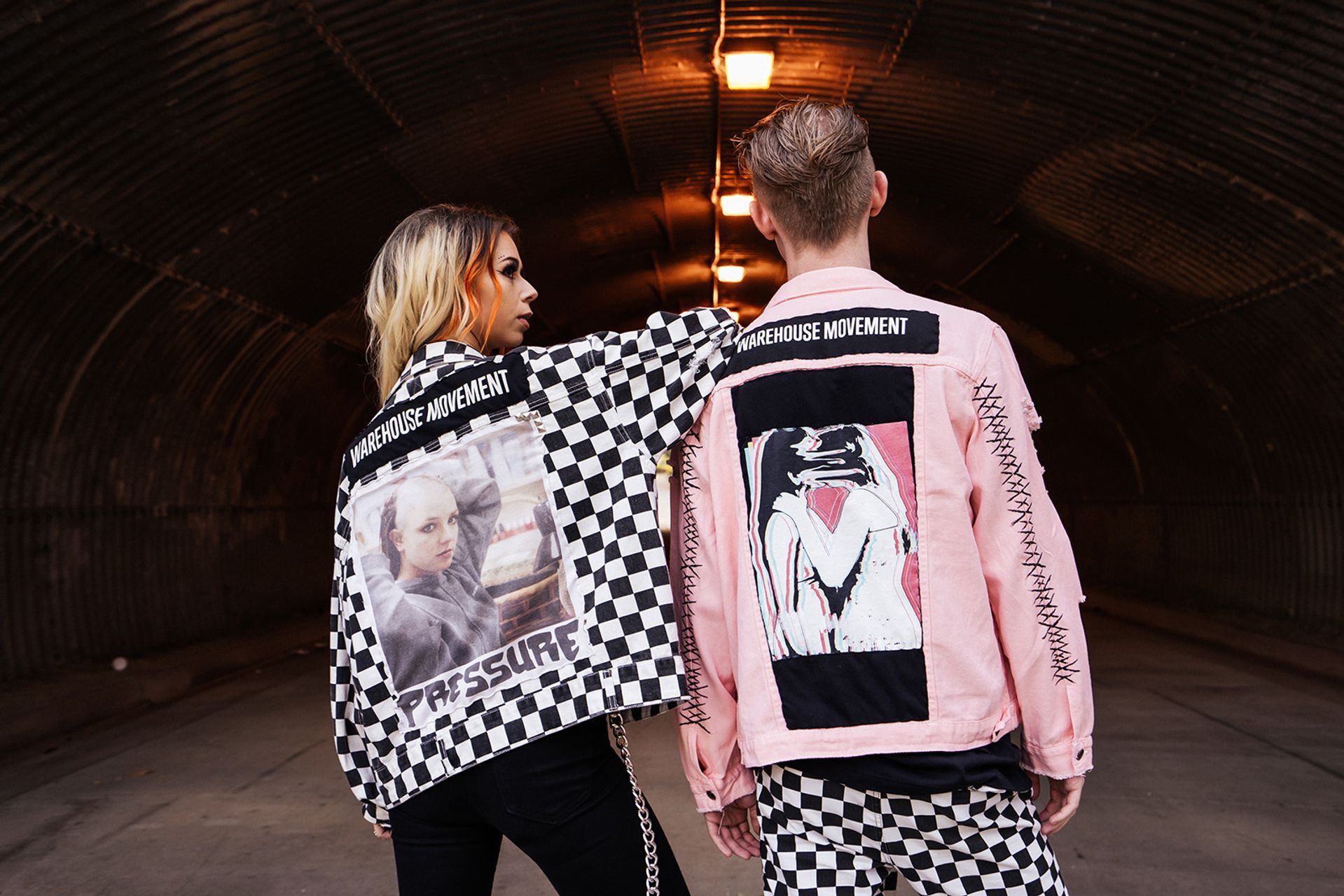
But Nathaniel and his wife Yelah's (legal name: Hailey Marie Escobar) relationship is more than simply spousal. They’re also co-founders and operators of the boutique electronic music clothing brand Warehouse Project. “[Yelah’s] definitely the creative side of [Warehouse Movement],” Nathaniel informs Gray Area. “She’s the person that really makes it all happen and puts it all together. She puts in the blood, sweat, and tears.”

In this way, while Nathaniel focuses on sonically sculpting his developing brand of contemporary west coast US tech house, Yelah physically fabricates with up cycled textiles to create her one-of-one pieces that are primarily made for electronic musicians to wear onstage. In separate phone conversations with Gray Area, both Nathaniel and Yelah refer to Warehouse Movement’s stylistic label interchangeably as “stage wear” and “artist ware”.
So far, the artists who’ve worn Warehouse Movement’s one-of-one pieces onstage seem to be enthralled by the brand’s wild, forward-thinking juxtapositions of endlessly recognizable cross-genre conventions and concepts.
“A lot of the artists within the scene are doing the same thing right now — the bright colored button-ups and stuff, sunglasses, and cool-guy hat,” Yelah opines. “I want to bring some originality, some forward-thinking fashion, and eco-conscious fashion to the scene.”
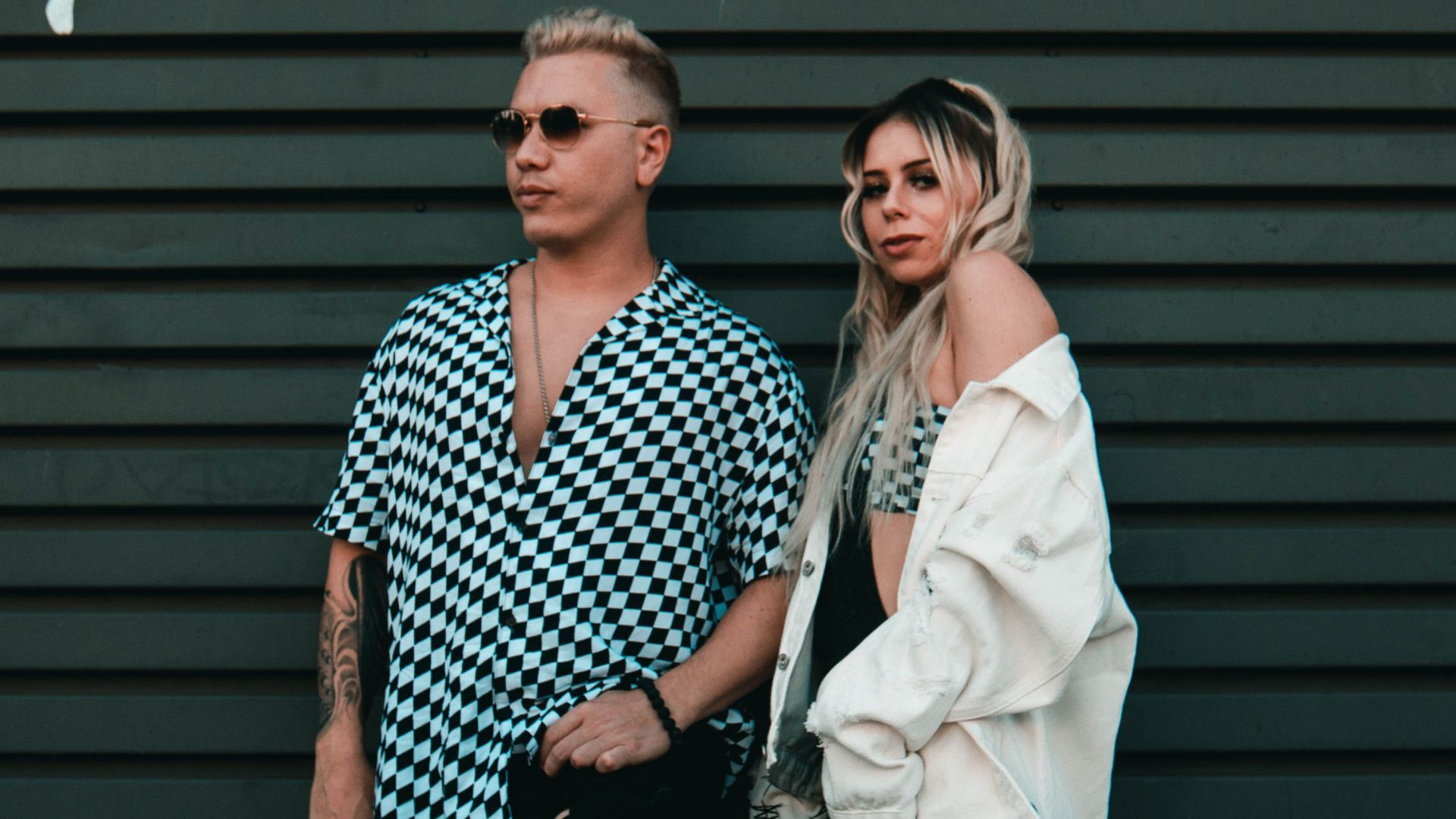
“Rave meets punk, and metal meets streetwear,” Nathaniel says about his conception of the brand’s core aesthetic. “Upcycled vintage style but using modern rave graphics with that edginess of streetwear with punk and metal.”
“A perfect blend between street, club, and high fashion,” says Yelah.
“Every single person's individual, every single person has specific tastes and style,” she says. “Why not represent that in the clothing that you wear?”
ONE-OF-ONE
Each Warehouse Movement piece is conceptually and physically fabricated by Yelah; Nathaniel contributes ideas along the way.
Accordingly, every piece that Warehouse Movement releases “is one-of-one. Once it’s made it will never get made again,” Yelah explains about Warehouse Movement’s main brand tenets that allow the brand to create uniquely recognizable works. “When you put on our piece, it makes you feel a certain way — like, ‘Oh, shit, this is me!’

“When people step onstage, they're coming into their persona — who they are onstage,” she notes. “That’s why a lot of our brand is centered around artist ware. It makes you feel like that person.”
While focusing on that aesthetic as a designer and stylist, Yelah’s ongoing relationships with prominent artists speak volumes about her artistic sensibilities and skills. She lists Speaker Honey, Fiction, and Nathaniel as some of the close collaborators whom she styles with Warehouse Movement’s limited edition threads.
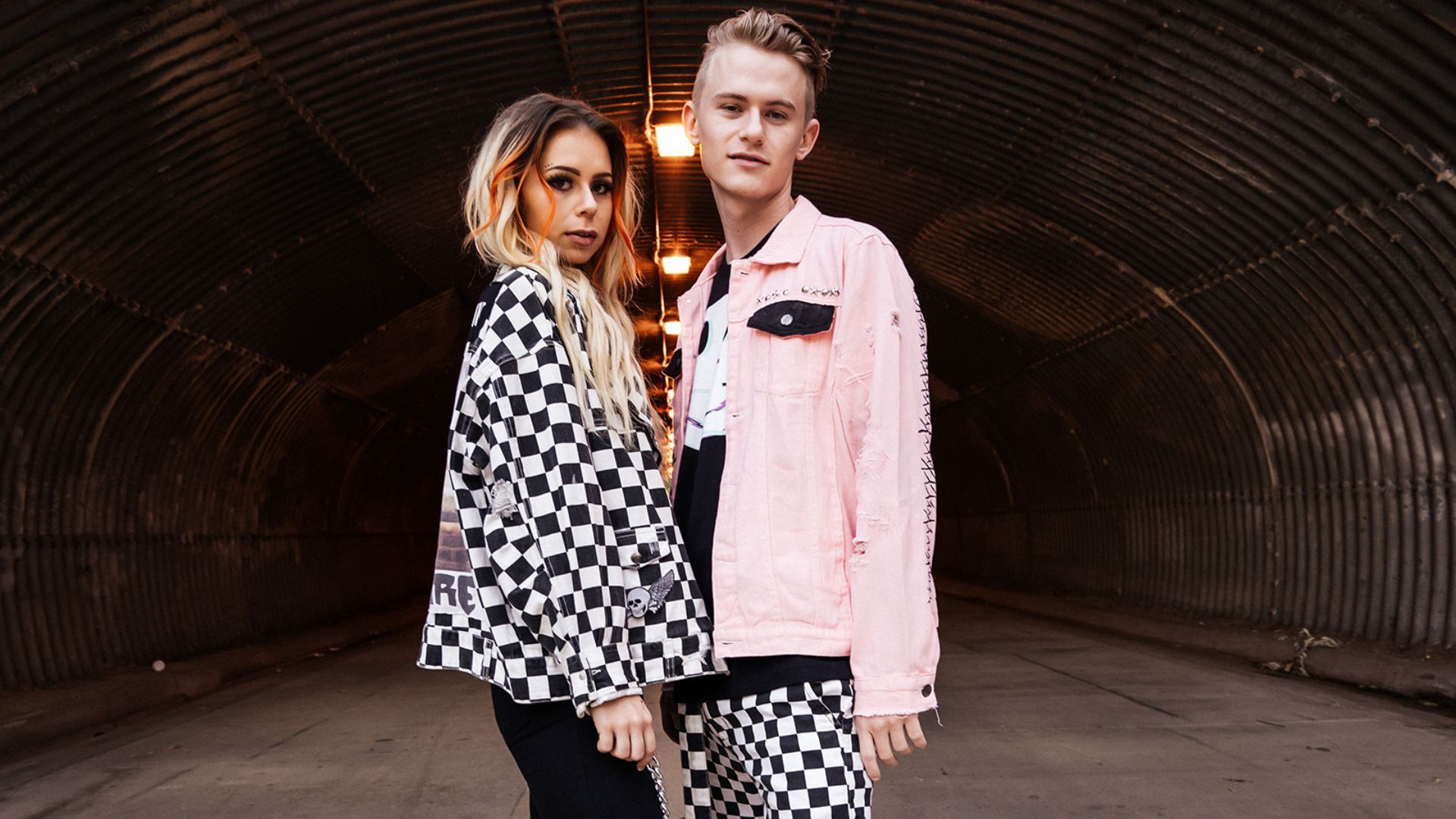
“Those are some of my best friends,” she tells Gray Area. “Those are the people who believed in me from the moment I started making my stuff to now, and I support my people no matter what. It’s just like a family.”
Consider Speaker Honey, a standout crossover electronic music producer who’s making waves in cultural circles beyond dance music. For example: Although she hasn’t yet graced a runway during fashion week in Milan, New York, or Paris, the Deadmau5 protégé does enjoy a highly visible brand partnership with Italian luxury fashion giant Armani. Yelah’s largely responsible for Speaker Honey’s hair and other personal styling. Outside of artists, the brand is available to anyone who wants a similarly individualized fashion experience.
In this way, Warehouse Movement’s choice to cater to individual artists and attendees alike is a step towards eliminating the massive cultural stratification between onstage artists and GA attendees. “It’s very counterintuitive that these one-of-one pieces are going to break down barriers between artists and the crowd,” admits Nathaniel. “But it does create that feeling of we're all part of one community, and we can all be expressive in our ways.”
This might be the most significant cultural impact of the Warehouse Movement: through juxtaposing various styles in their one-of-one productions, the brand directly challenges entrenched notions of what an artist or attendee under the gaze of popular electronic music culture should or can wear.
“Everyone's doing mass production, low-quality t-shirts and slapping their logo on it,” Nathaniel observes. “I want people to wear our brand when it has nothing to do with [promoting] our brand. I want it to be universal in that sort of sense.”

I CAN MAKE THAT
“I started Warehouse Movement with Dylan about five years ago [when] we had just started dating,” Yelah remembers. “I was looking for clothes for EDC and Coachella.”
“We were going out to shows all the time and she noticed that I drop money on jackets — that’s my vice. It doesn't matter if it's summertime or wintertime. I have this obsession with jackets,” Nathaniel says. “Sickass, one-of-one type pieces that nobody else has. “When we found out we got booked for Coachella in 2019, she surprised me and started working on this piece.”

“We were at my parent's house, and he showed me all these jackets — thousands of dollars, super expensive designer stuff,” Yelah recalls. “I looked at him and said, ‘I can make that for you.’
“She took one of my denim jackets and cut up one of our warehouse movement shirts. At the time, I didn't know what Warehouse Movement was going to be. When she made me that jacket, she cut up the warehouse movement shirt with the logo and pinned it on with safety pins. Then she cut up a different graphic of this other shirt that I thrifted with this crazy smiley face and pinned it on with giant metal school safety pins.

“Growing up, I got into the heavy metal scene for my dad. And in the scene, we make battle jackets. So, you put all your favorite bands on your jacket, wherever your show and you collect stuff at shows. That's where I got inspiration from,” says Yelah.
“That was the first original jacket that we ever made,” Nathaniel warmly recalls.
“Warehouse Movement combines the rock and metal scene I was born and raised on, and the house and techno that Dillon was born and raised on,” Yelah says about the brand’s main musical influences. “I am a huge fan of Marilyn Manson, Slipknot, System of a Down, Beartooth — there’s a lot. I could go on and on.” For her, Warehouse Project’s ideal aesthetic is “a perfect blend of rock and metal with house and techno.”

Wearing that jacket, Nathaniel “went to Coachella even though it was 110 degrees outside.” “I was sweating bullets. My manager was making fun of me. But right when I walked into the festival, someone came up to me and was like, ‘Yo, where'd you get that jacket?’ And we were like, ‘Oh, she made this!’.
“People were like: ‘How much is it to buy off your back right now?’ Yelah remembers. “And he's like, ‘No, my girlfriend made this for me!’
“That’s how I knew we had something special”, Nathaniel remarks, his voice tinged with a spark of retrospective wonderment.
DEDICATED TO THE LIFESTYLE
“Warehouse Movement is dedicated to the revival of the underground house scene,” Yelah confidently responds when queried by Gray Area about the brand’s thesis. “House music has become this genre flooded by all these younger people in the crowd who are focused on the party atmosphere. And that’s great. There's nothing wrong with that.”
“But house music has such a deep and beautiful history. We’re just trying to bring it back to that. Bring it back to the music — to the people who created it,” she says.

For Nathaniel, Warehouse Movement is also an important vehicle for “paying homage to the genres that you listen to, vintage things you like.”
“This community of people is so much more than the clothes,” he persuasively asserts. “It’s more about warehouse lifestyle.”
“I want to give back to the community and shine that light on everybody that I can. There's a lot of dark things about the industry that people don't talk about,” Nathaniel reminds Gray Area while discussing his ongoing artistic motivations.
“What I see with my music and our brand as a clothing company in the future is to shed lighter insight about doing more positive things in the community.”
“All I want is to make people feel beautiful, happy, and confident,” Yelah says. “That's my drive. That's why I was put on this earth. And that's all I want for people.”
“It’s about bringing people together in the best or worst of times,” Nathaniel concludes. “Taking that moment to not escape reality but embrace reality.

It's kind of like in that old raver’s sort of mentality of P.L.U.R but trying to reinvent that. “How can we bring the community of people together while also doing it for a good cause?”
While also preserving the traditions of the past?
Just to focus on the fact that everybody that listens to this music, we're all one big community, one big family and we have each other's back.”
Nathaniel says “We all really go through some dark times in our lives. Electronic music has saved me from depression, suicidal thoughts, and feeling neglected. So being involved in a community like ours is all about acceptance and love.
“COVID Everyone lost their job; our industry is at an all-time low. Touring completely stopped. So, we were thinking, hey, like, how are we going to make money here? So that's really, really where warehouse movement came into life.

"And, you know, we started going, hitting up every thrift store, we can, buying as much recycled clothes as we can like graphics online and everything and just kind of invested the money into sourcing thrift reusable items, and tried to make it into, you know, new pieces and sell them online.
“So, you know, during COVID, we were posting like a jacket a week, and my wife got really into hand sewing. So, she started sewing the graphics instead of pinning them. And, you know, it just literally just progressed until what it is today, which is, you know, now she has a full Office in our house with a sewing machine with, you know, like a whole rack of her items.”
“I do a lot of thrifting. So, I'll take thrifted jackets, and I will have artists give me pieces of clothing that they already own. And what I'll do with some of their jackets is they'll give me a jacket they love. They'll give me some T-shirts that they've worn to festivals or T-shirts they bought some places that they love, and care about. And I'll put them all together into one piece so it's uniquely them.

And then for some of my other pieces, I will make material out of scrap material. So, I’ll sew together a bunch of scraps and I'll create T-shirts or pants out of them.”
Along with pushing sonic boundaries across subgenres, Nathaniel is also delving deeper into more practical issues surrounding the dance music industry as a whole; his focus on self-wellbeing and mental health is a major aspect of his ongoing collaborative tour with Sacha Robotti.
Here, Nathaniel and Yelah’s approach represents a refreshing change of pace that deviates in significant ways from the North American tech house fashion status quo.


